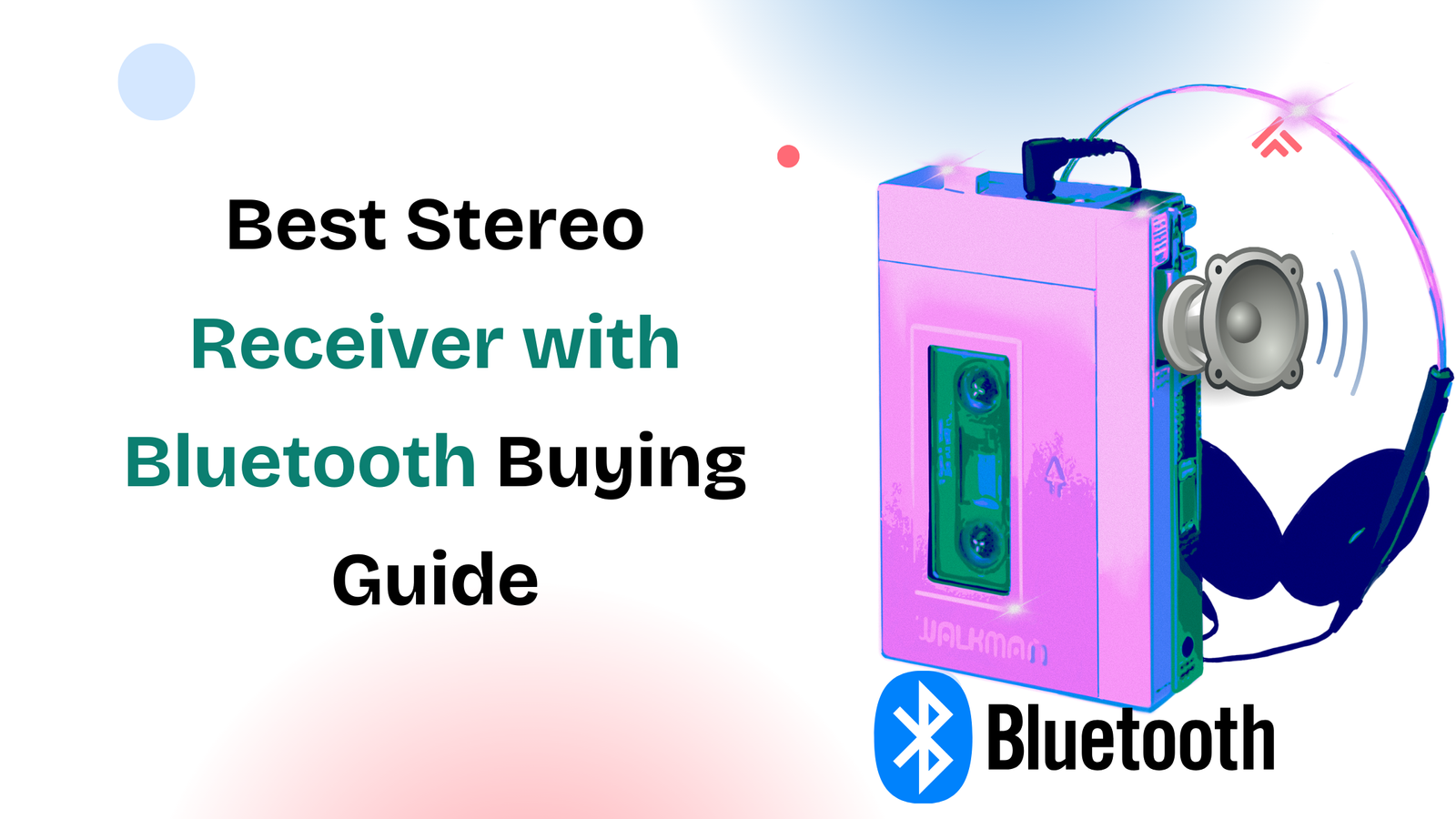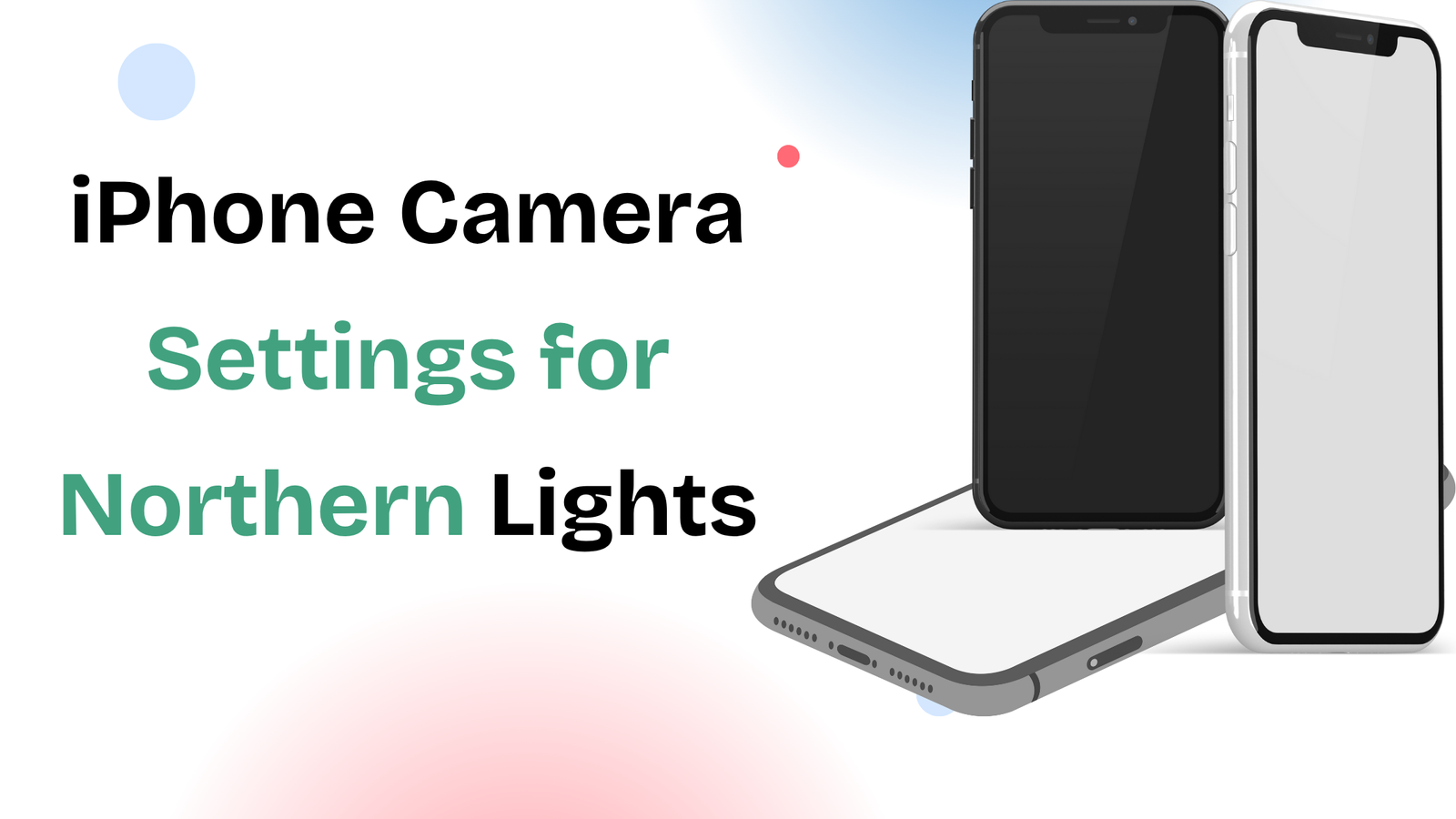If you enjoy the Best of audio, nothing beats the warmth and power of a good stereo receiver. But times have changed, and music is no longer limited to CDs, vinyl, or AUX cables. Today, more people want stereo receivers with Bluetooth that let them stream wirelessly from phones, tablets, or laptops without sacrificing sound quality.
If you’ve been searching for a receiver that delivers modern wireless convenience while keeping the classic stereo experience, you’re in the right place. This guide explains what Bluetooth stereo receivers are, why they matter, and what to look for before buying.
What Is a Stereo Receiver with Bluetooth?
A stereo receiver with Bluetooth is a traditional audio receiver that comes with built-in wireless connectivity. Instead of plugging your phone into an AUX or RCA cable, you can simply connect via Bluetooth and stream music instantly.
For many users, this is the perfect balance between classic stereo power and modern convenience. You still get the ability to hook up powerful speakers, use multiple inputs, and fine-tune your audio, but you also gain the freedom to play Spotify, Apple Music, YouTube, or even podcasts directly from your mobile device.
Why Bluetooth Stereo Receivers Are Becoming Popular
Music listening habits have changed drastically. Streaming is now the dominant way people enjoy audio, and very few want the hassle of connecting wires. At the same time, serious music lovers don’t want to compromise on quality.
A Bluetooth stereo receiver solves this problem by:
- Making your existing speaker setup wireless-friendly.
- Offering higher sound quality than basic Bluetooth speakers.
- Supporting multiple devices, so anyone can connect in seconds.
- Maintaining the classic receiver features like AM/FM, AUX, optical, and phono inputs.
For many households, this makes it a future-proof solution: you don’t need to replace your whole setup to go wireless.
Built-In Bluetooth vs. Bluetooth Adapters
One common question is whether to buy a receiver with built-in Bluetooth or to upgrade your current receiver with a Bluetooth adapter for stereo systems.
Built-In Bluetooth Receivers
These receivers already include Bluetooth functionality out of the box. They’re simple, reliable, and optimized for wireless audio. The connection is usually seamless, with minimal lag.
Bluetooth Adapters for Stereo
If you already own a high-quality receiver, you might not want to replace it. In that case, a Bluetooth adapter for stereo is the way to go. These small devices connect via AUX, RCA, or optical inputs and instantly add Bluetooth functionality. Some advanced adapters even support aptX HD for near-lossless sound.
Choosing between these two depends on your budget and whether you want to keep your current equipment.
Bluetooth Stereo Receiver vs. Bluetooth Transmitter
Another term you’ll often see is Bluetooth transmitter for speakers. This is slightly different.
- A Bluetooth stereo receiver allows your phone or device to send music to your stereo.
- A Bluetooth transmitter, on the other hand, sends audio from your stereo to another device, such as Bluetooth headphones or wireless speakers.
Many modern receivers actually support both functions, making them versatile for different listening setups.
Key Features to Look for in a Bluetooth Stereo Receiver
Before you buy, there are a few features you should consider. Each can make a big difference depending on how you plan to use your system.
1. Audio Quality Support
Look for receivers that support aptX HD or AAC codecs if you want the best possible sound over Bluetooth. These reduce compression and deliver clearer highs and deeper lows.
2. Power Output
If you’re running large bookshelf or floor-standing speakers, make sure the receiver provides enough watts per channel. More power means more volume without distortion.
3. Connectivity Options
Even if Bluetooth is your main goal, you may still need optical inputs, AUX, RCA, HDMI, or phono inputs for turntables and TVs. A receiver with multiple inputs ensures you don’t have to switch equipment.
4. Range and Stability
Bluetooth range matters if you want to walk around your home while streaming. Look for receivers with at least 30 feet of stable connectivity.
5. Expandability
Some receivers can connect to multiple Bluetooth devices or pair with wireless subwoofers and surround speakers. If you plan to grow your setup, choose one that supports expansion.
Bluetooth Aux for Car Radios: A Related Option
Some readers searching for Bluetooth stereo solutions may actually be looking for Bluetooth AUX car radios. These devices allow older cars without Bluetooth to stream wirelessly. While not the same as home stereo receivers, they work on the same principle: a Bluetooth module converts your device’s signal into a playable format for the system.
This shows just how versatile Bluetooth has become, working across home, portable, and automotive setups.
Best Sound Quality with Bluetooth Adapters
If you’re going the adapter route, not all devices are created equal. To get the best sound quality Bluetooth adapter for stereo, look for models that support:
- aptX Low Latency (to reduce audio delay in movies and games).
- Dual device pairing (so two people can connect at once).
- Optical input/output (for higher fidelity connections).
Brands like Audioengine, Fiio, and 1Mii have strong reputations in this space.
Who Should Buy a Stereo Receiver with Bluetooth?
If you fit into one of these categories, a Bluetooth stereo receiver is worth considering:
- You have a set of quality speakers but want modern wireless streaming.
- You want to avoid juggling multiple wires every time you play music.
- You still value traditional receiver features like radio, turntable inputs, or surround sound.
- You want a balance between convenience and sound quality.
For most households, upgrading to Bluetooth simply makes sense.
Final Thoughts
A stereo receiver with Bluetooth brings together the best of both worlds: the power and clarity of traditional audio equipment with the modern flexibility of wireless streaming. Whether you buy a built-in solution or add a Bluetooth adapter, the result is the same; you’ll enjoy easier, cleaner, and more enjoyable music playback.
From connecting your phone in seconds to maintaining premium sound quality, a Bluetooth-enabled receiver future-proofs your entertainment setup.
If you’ve been holding onto an older stereo, now might be the perfect time to bring it into the wireless era.











